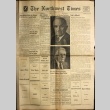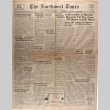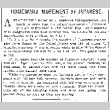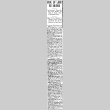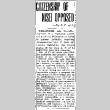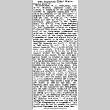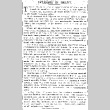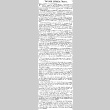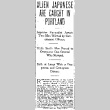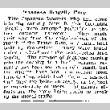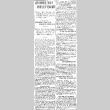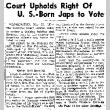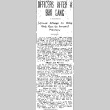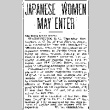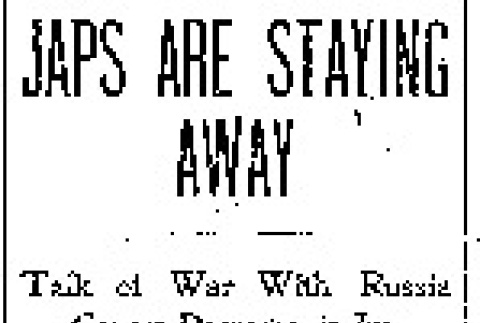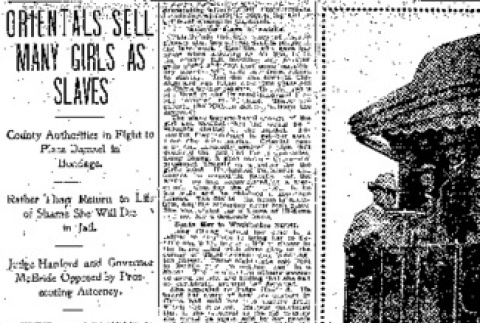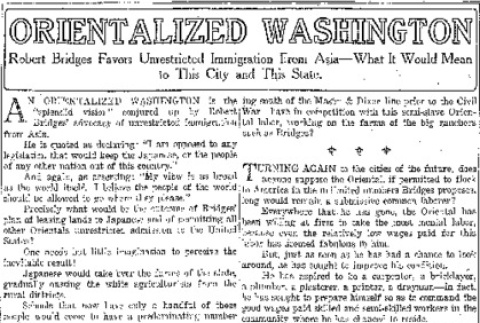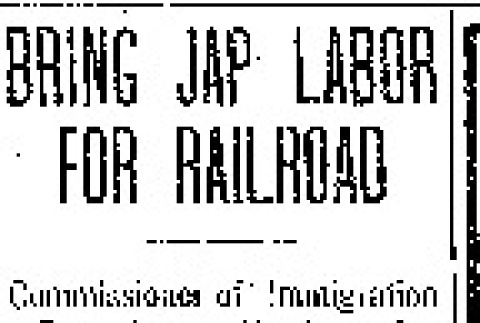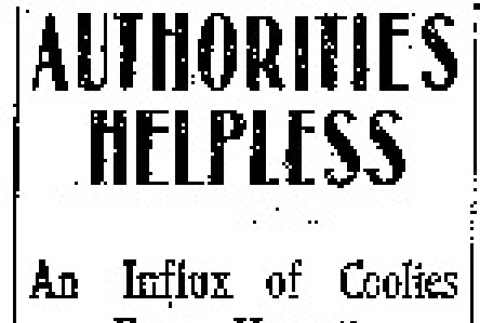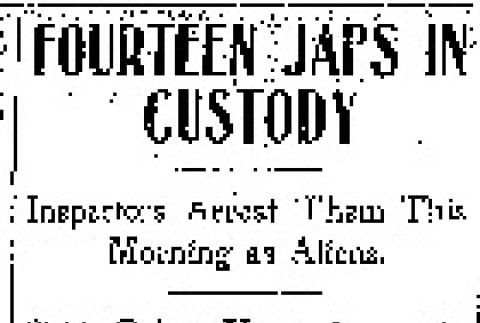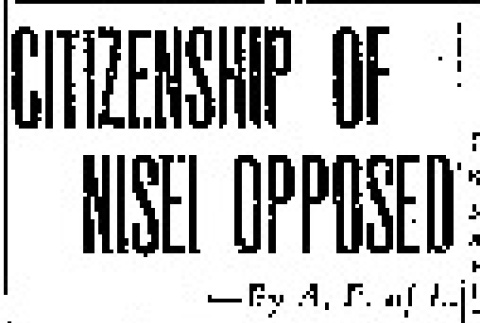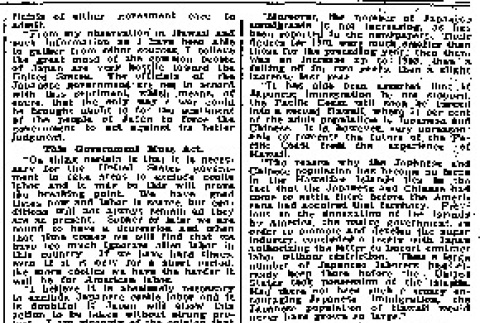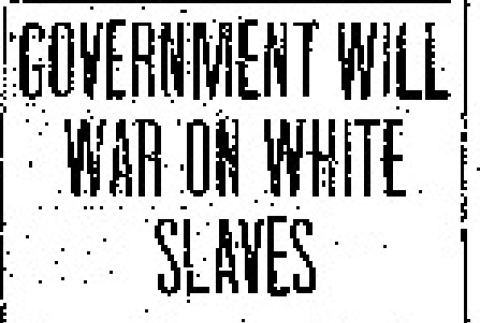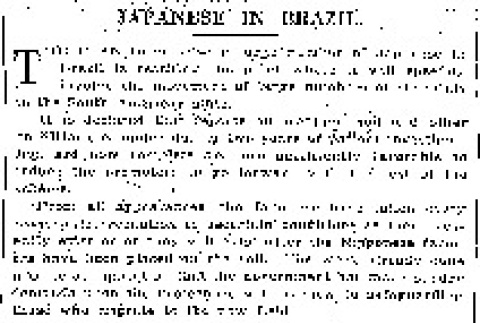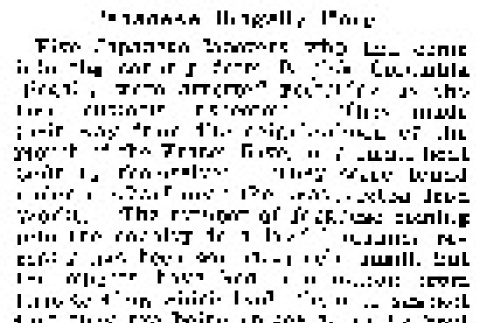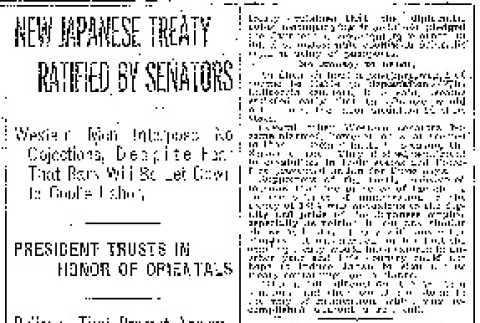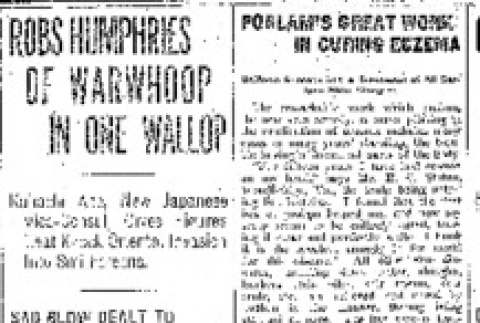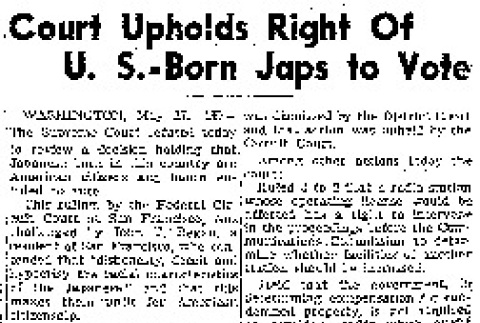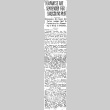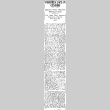Immigration and citizenship
Japanese immigrants began arriving in the United States at the end of the nineteenth century when workers were recruited to meet the growing need for low-wage laborers in the Territory of Hawaii and on the West Coast. Commodore Perry had opened Japan to American commerce and trade relations in 1853, but anti-Asian sentiment resulted in the Gentlemen's Agreement of 1907, which halted the immigration of workers from Japan. In 1910, the Japanese population was about 80,000 in Hawaii and 72,000 on the continental United States. Japanese women continued to enter the country until the 1924 Immigration Act cut off immigration from Japan to the United States. Most of the early Japanese immigrants, the Issei (first generation), came as contract agricultural laborers, although many others were students and merchants. While Japanese immigrants were prohibited by discriminatory laws from becoming naturalized citizens of the United States, their American-born children (nisei) held U.S. citizenship.
Immigration and citizenship
(434)
Related articles from the
Densho Encyclopedia :
Immigration,
Japanese associations
